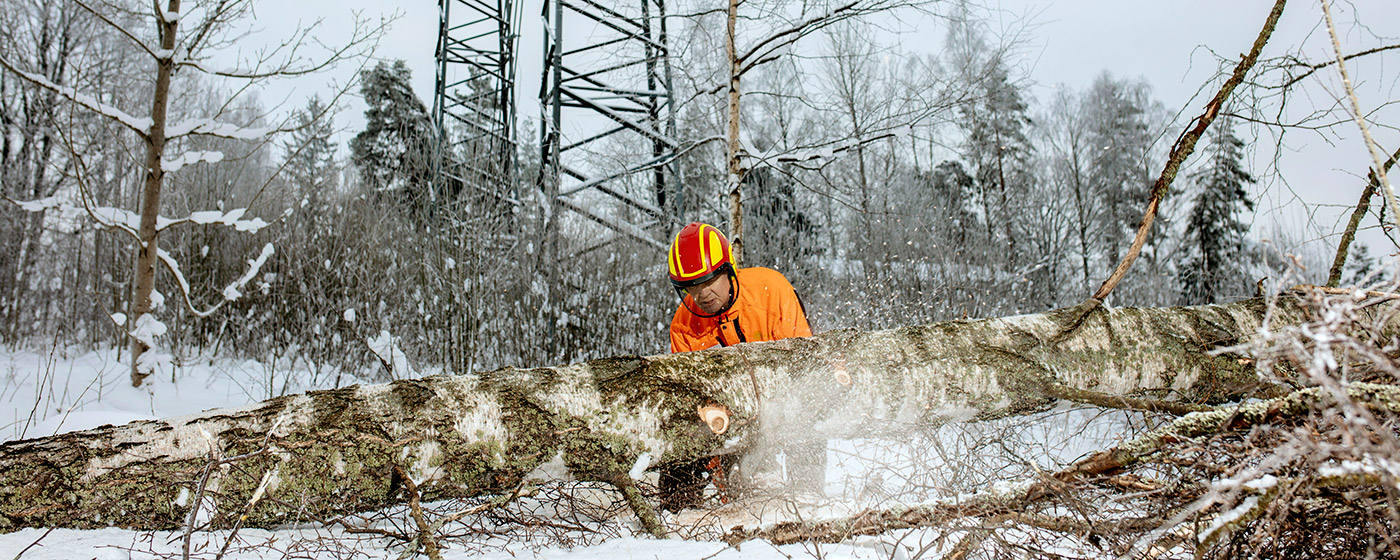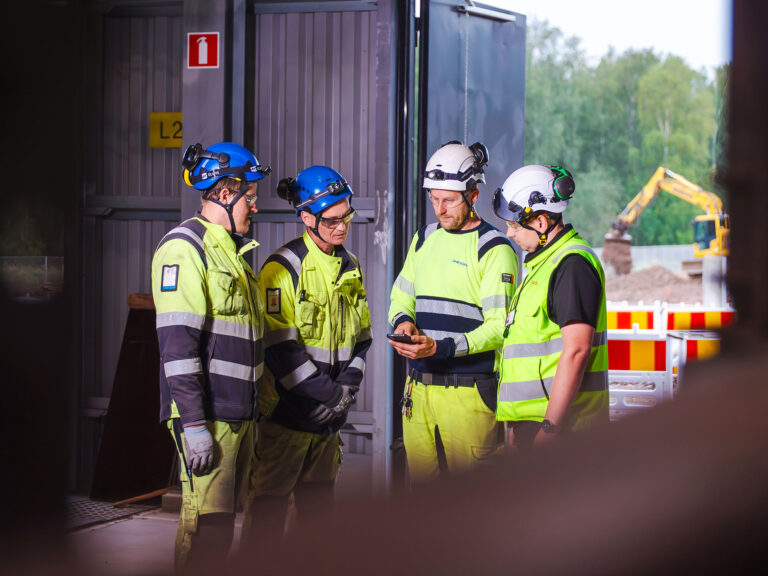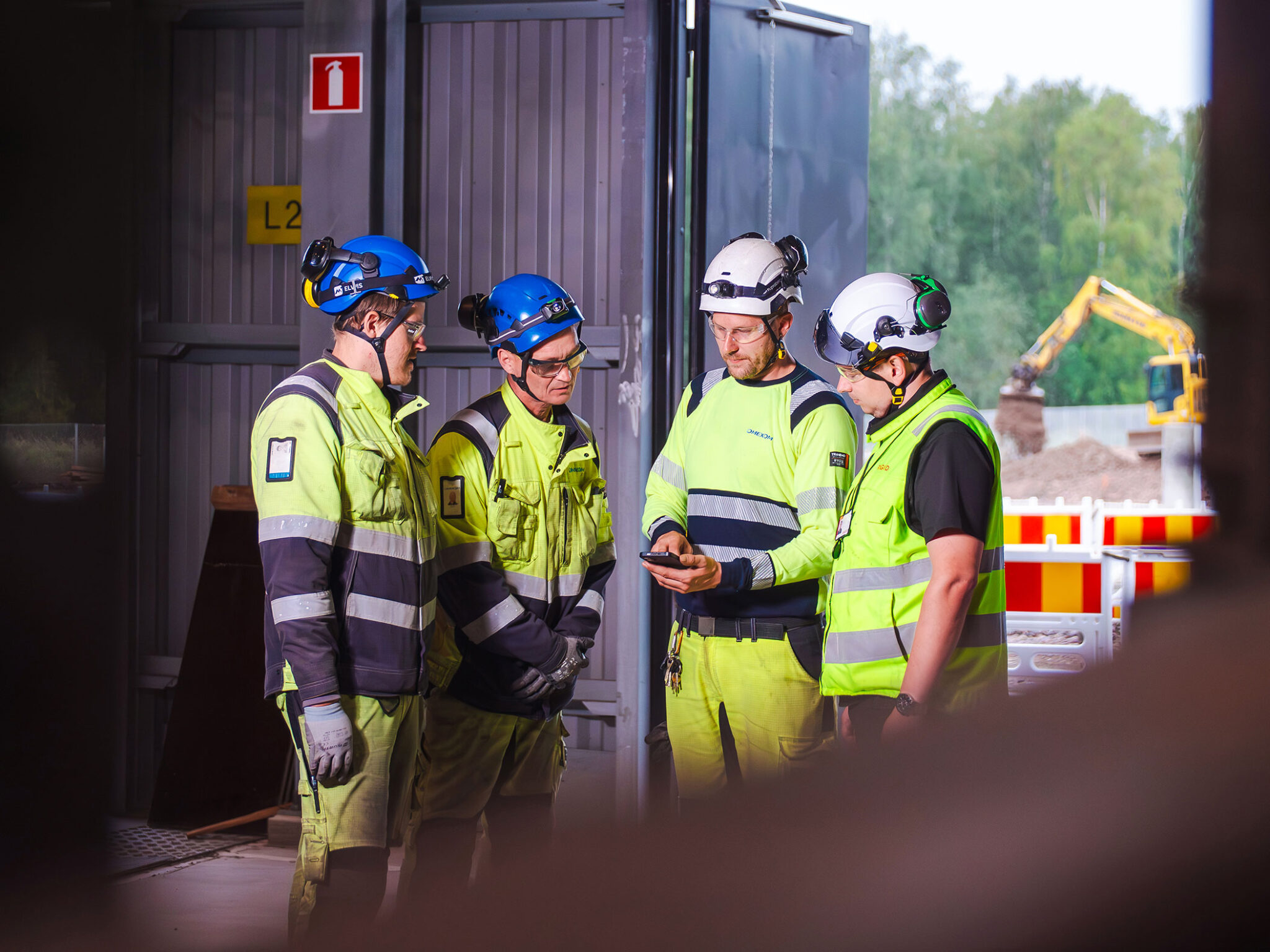More than 10 per cent of the work done by Fingrid’s service providers is vegetation management. The undergrowth is cleared and timber is harvested from transmission line rights-of-way so that trees cannot cause problems for transmission lines. Clearing work means removing small trees growing in transmission line rights-of-way. Timber is harvested using forestry machinery to remove trees from the border zones if there is a danger of them falling onto the power line during a storm.
Fingrid’s Expert Mikko Nykänen is responsible for vegetation management processes and operation planning in collaboration with experts in the various areas. The practical work is carried out by companies on Fingrid’s System of qualification of contractors, service providers and consultants. Most of the companies are already established partners, but new companies also join the group.
“Companies can only be added to the system if they have profitable, high-quality business operations. We pay special attention to occupational safety reporting and the management of risk events. We also check references during the competitive tendering phase,” Mikko Nykänen says.
Systems of qualification are used in construction and maintenance, and the principles for approval are the same. The party carrying out the work must present adequate safety and environmental plans before starting the work, and they must always arrange the required orientation and training for their personnel.
“Fingrid’s online training features a variety of modules. The training requirements depend on the type of work being done,” Mikko Nykänen says.

Electrical safety poses an additional challenge for timber management
Fingrid’s long-term partner is Teollisuuden metsäpalvelu Oy (TeMePa), which carries out demanding felling and forestry work.
“Timber management is what we do, and we take electrical safety into consideration when we work in the vicinity of power lines. Our employees complete the required Fingrid online training modules and TeMePa’s own orientation, which reviews occupational safety and environmental matters,” says Jukka Koivumäki, TeMePa’s CEO.
When trees are felled, there is always a risk of the tree falling on a person. Teams also need to take into consideration the locations of other teams working in the area. In addition, safety distances must be observed when forestry machinery is used to fell trees in the border areas.
The risks of timber management also apply to third parties. When work is done in residential areas and near traffic, warnings must be given and the traffic must be controlled as appropriate. In outdoor recreational areas, it is essential to ensure that nobody is in the area when work is underway.
“However, the most common hazards are associated with moving across uneven terrain. Darkness and bad weather only make things worse. High winds are the greatest risk, and they can put a stop to work altogether,” Jukka Koivumäki adds.

Safety planning and reporting
A risk assessment must always be performed when starting vegetation management work. If there is even the slightest risk of a tree falling on a line, a separate risk assessment must be performed, and a plan must be made for felling the tree in a controlled manner.
TeMePa uses Fingrid’s Quentic reporting system, which records all accidents and hazardous situations. Koivumäki emphasises the importance of reporting all accidents, no matter how minor they may seem.
“All of us have the Zero Accidents objective in mind, but it should not be interpreted as meaning that incidents should not be reported. The system helps us to obtain information about hazards so we have a better chance of preventing them,” Jukka Koivumäki says.







